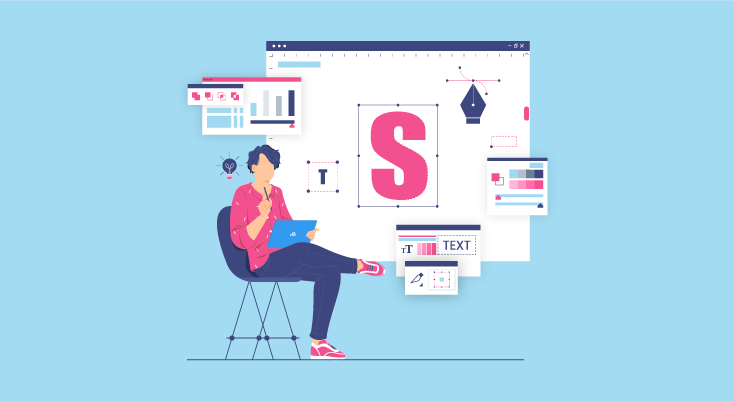
Understanding the Elements of Effective Logo Design
In today's competitive business landscape, a well-designed logo plays a crucial role in establishing a brand identity and capturing the attention of customers. A successful logo should not only be visually appealing but also convey the essence of the brand. To achieve this, designers must understand and utilize the key elements of effective logo design. This blog aims to explore those elements in detail, providing valuable insights for both aspiring designers and business owners seeking to create a strong visual representation of their brand.
Simplicity:
The first and foremost element of effective logo design is simplicity. A simple logo is easily recognizable, memorable, and versatile across various mediums. A cluttered or complex design tends to confuse the viewer and dilute the impact of the logo. By using clean lines, minimal colors, and uncomplicated shapes, designers can create a logo that communicates the brand's message concisely. Famous logos like Nike's swoosh and Apple's bitten apple are prime examples of simplicity in design.
Memorability:
A memorable logo is one that sticks in the minds of consumers, allowing them to recall it effortlessly. To achieve memorability, a logo should have a unique and distinctive quality. Designers can achieve this by creating a logo that stands out from the crowd, employing creative typography, or incorporating a unique symbol or icon. McDonald's golden arches and the Twitter bird are excellent examples of memorable logos that have become instantly recognizable worldwide.
Versatility:
A logo's versatility is crucial to maintaining its visual impact across a range of applications and media. A logo should be scalable, meaning it can be resized without losing clarity or legibility, whether it's displayed on a small business card or a large billboard. Additionally, it should be adaptable to various color schemes, backgrounds, and platforms. Designers achieve versatility by creating logos that work well in both full-color and monochromatic formats and are easily adaptable to different contexts.
Relevance:
An effective logo should be relevant to the brand it represents. It should reflect the brand's values, mission, and target audience. Understanding the target market and conducting thorough research on the brand's identity and industry are crucial to creating a relevant logo. By using appropriate imagery, colors, and typography, designers can align the logo with the brand's personality and evoke the desired emotional response from the audience.
Timeless Aesthetic:
A logo that withstands the test of time is essential for a brand's long-term success. A timeless logo remains relevant and resonates with consumers, regardless of changing design trends. It avoids trendy elements or overly complex details that may become outdated quickly. Designers achieve a timeless aesthetic by focusing on classic design principles, using clean and balanced compositions, and avoiding excessive ornamentation. The logos of Coca-Cola and IBM are excellent examples of timeless design that have remained largely unchanged for decades.
Conclusion:
Understanding the elements of effective logo design is crucial for creating a strong visual representation of a brand like Xamtac. By incorporating simplicity, memorability, versatility, relevance, and a timeless aesthetic into the logo design process, Xamtac can establish a distinctive brand identity that resonates with its target audience. A well-designed logo will not only capture attention but also communicate the essence of Xamtac's values and mission. By collaborating closely with talented designers, Xamtac can ensure that its logo reflects its unique identity and stands out in the competitive market, leaving a lasting impression on customers and contributing to its overall success.

How to create an effective logo design - Ideas and Tips
Logos are quite significant. They may be hard to come up with, but they are important to any business and form the basis of a strong corporate or personal brand.

The Visual Elements of Brand Architecture: Logo, Color, and Typography
The visual elements of brand architecture include the logo, color, and typography, which collectively represent the identity and personality of a brand.